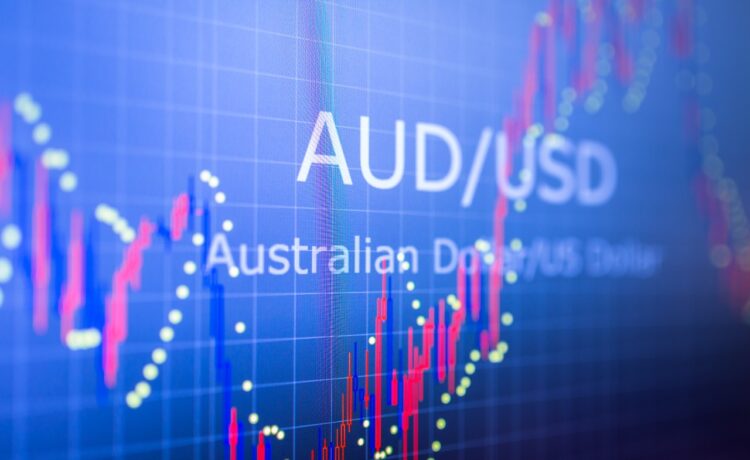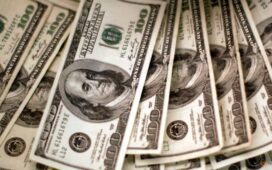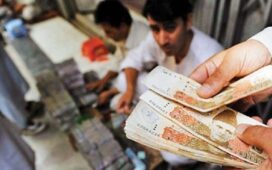Surprising inflation figures boost AUD/USD to weekly highs
AUD/USD finished higher last week at 0.6539 (0.73%), extending its gains from the 0.6414 low it struck prior to Federal Reserve (Fed) Chair Jerome Powell’s surprisingly dovish speech at Jackson Hole ten days ago.
AUD/USD’s advance last week was bolstered by hotter-than-expected Australian monthly consumer price index (CPI) data, with annual trimmed mean inflation rising to 2.7% in July from 2.1% in June. This rise prompted the Australian interest rate market to scale back expectations of a Reserve Bank of Australia (RBA) rate cut in September.
Political influence on currency markets
AUD/USD also benefited from United States (US) President Donald Trump’s attempt to remove Fed Governor Lisa Cook as part of his ongoing efforts to reshape the Federal Open Market Committee (FOMC) and push for earlier and deeper rate cuts. Trump’s call for rate cuts contrasts with persistent US inflation, which has exceeded the Fed’s 2% target for over four years.
His claim today on Truth Social that US prices are ‘WAY DOWN’ with ‘virtually no inflation’ further muddies the narrative. In short, political pressure on the Fed to cut rates amid high inflation risks reigniting the ‘sell US assets’ theme, similar to earlier this year.
Upcoming economic indicators
Looking ahead, AUD/USD’s near-term direction will likely hinge on Australia’s second-quarter (Q2) gross domestic product (GDP) data and US employment figures due this week.
AU: Q2 GDP
Date: Wednesday, 3 September at 11.30pm AEST
In the first quarter (Q1) of 2025, Australian GDP increased by 0.2% month-over-month (MoM), decelerating from 0.6% prior, for an annual rate of 1.3%. It was the Australian economy’s 14th consecutive quarter of growth.
Katherine Keenan, Australian Bureau of Statistics (ABS) head of national accounts, said: ‘Economic growth was soft in the March quarter. Public spending recorded the largest detraction from growth since the September quarter 2017. Extreme weather events reduced domestic final demand and exports. Weather impacts were particularly evident in mining, tourism, and shipping.’
As we await the final components that feed into Wednesday’s GDP release, the preliminary forecast is for a rise of 0.5% quarter-over-quarter (QoQ), lifting the annual growth rate to 1.6% (from 1.3% previously), on target to achieve the RBA’s forecast of 1.6% (revised lower from 1.8% prior) for June 2025.
If this forecast proves accurate, it will support the case for further easing of monetary policy as it indicates that the Australian economy is continuing to grow at a pace significantly below its potential growth rate of 2.5% – 3%.
The Australian interest rate market is pricing in 25 basis points (bp) of rate cuts for the RBA’s meeting on 4 November and a cumulative 33 bp of rate cuts for the RBA’s 9 December meeting.





